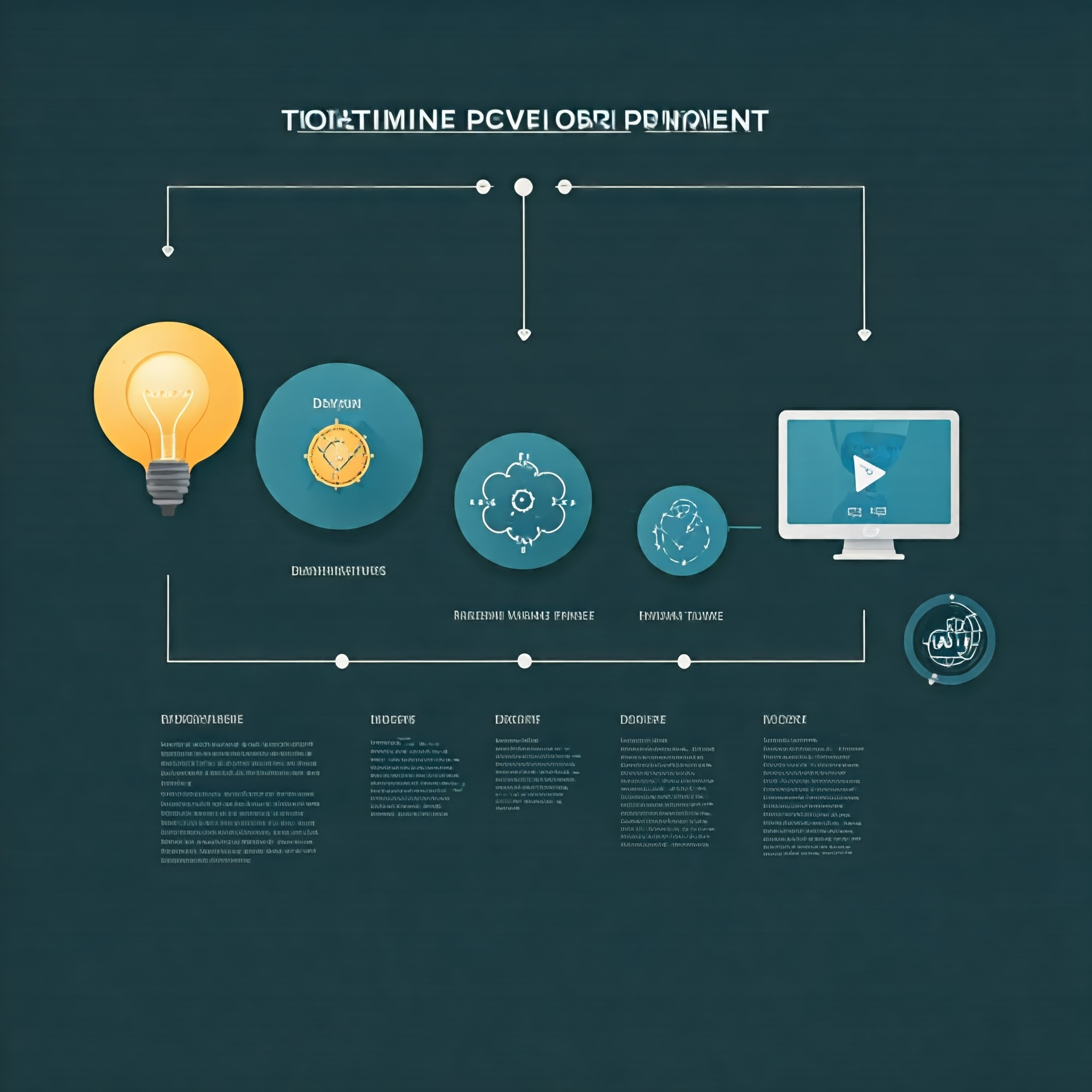From Idea to MVP: The Steps to Rapidly Test Your Software Concept
 Joshua Ben-Seth
Joshua Ben-Seth
In today’s fast-paced tech world, moving quickly from concept to Minimum Viable Product (MVP) is crucial. This allows businesses to validate ideas, test assumptions, and make iterative improvements based on real-world feedback. Here’s a step-by-step guide to rapidly test your software concept and build an MVP that works.
1. Clarify the Problem
Before jumping into development, you need a clear understanding of the problem your software is solving. Define your target audience, their pain points, and why your solution is needed. A well-defined problem leads to a more focused solution, avoiding wasted time on unnecessary features.
Key Steps:
Conduct market research.
Gather feedback from potential users.
Define the value proposition of your product.
2. Prioritize Core Features
An MVP is not about building the perfect product; it’s about delivering a working solution with just enough features to meet the needs of early users. Identify the core functionalities that will provide value, and leave out nice-to-have features for later.
Key Steps:
List all potential features.
Prioritize based on impact and user need.
Focus on delivering just the essential functionality.
3. Design a Prototype
A prototype is a great way to visualize the product before building it. It helps identify any design flaws or feature gaps and allows for feedback early in the process. Tools like Figma, Sketch, or even basic wireframes can help.
Key Steps:
Create wireframes or mockups.
Share prototypes with stakeholders or users for feedback.
Iterate on the design based on feedback.
4. Select the Right Tech Stack
Choosing the right technology is key to building an MVP efficiently. Focus on languages, frameworks, and platforms that allow for rapid development and easy scalability. For many startups, a balance of speed and scalability is crucial.
Key Steps:
Pick a tech stack that aligns with your team’s skills.
Consider using frameworks and libraries that allow for rapid iteration.
Ensure the chosen stack can scale as the product grows.
5. Build a Lean MVP
With the core features and tech stack defined, it’s time to develop. Remember, speed is key at this stage. Stick to agile methodologies that allow for iterative development and early testing. This will ensure you don’t spend too much time perfecting features that may not be necessary.
Key Steps:
Break down development into sprints.
Test each feature as it's built.
Keep the user experience simple and functional.
6. Test, Test, Test
Testing is critical to ensure the MVP works as expected. Functional testing ensures all core features work, while user testing validates that real users can solve their problems with the product.
Key Steps:
Conduct functional tests to ensure key features work.
Gather feedback from real users.
Iterate based on testing feedback.
7. Launch and Gather Feedback
Once the MVP is built and tested, it’s time to launch to a small group of users. The goal at this stage is to collect data on how users interact with the product and gather insights that can guide future iterations.
Key Steps:
Release to a limited group of users (beta testing).
Gather qualitative and quantitative feedback.
Track key performance metrics (e.g., user engagement, retention).
8. Iterate and Improve
The MVP is not the final product; it’s the starting point. Use the feedback and data from your initial users to prioritize improvements. This cycle of feedback and iteration is essential for building a product that meets user needs and achieves product-market fit.
Key Steps:
Use analytics to understand how users interact with the product.
Prioritize features and improvements based on user feedback.
Iterate quickly and release updates regularly.
Conclusion
Building an MVP allows you to validate your idea quickly without spending too much time or money. By following these steps, you’ll be well on your way to turning your concept into a working product that can scale with user feedback and demand.
Subscribe to my newsletter
Read articles from Joshua Ben-Seth directly inside your inbox. Subscribe to the newsletter, and don't miss out.
Written by
